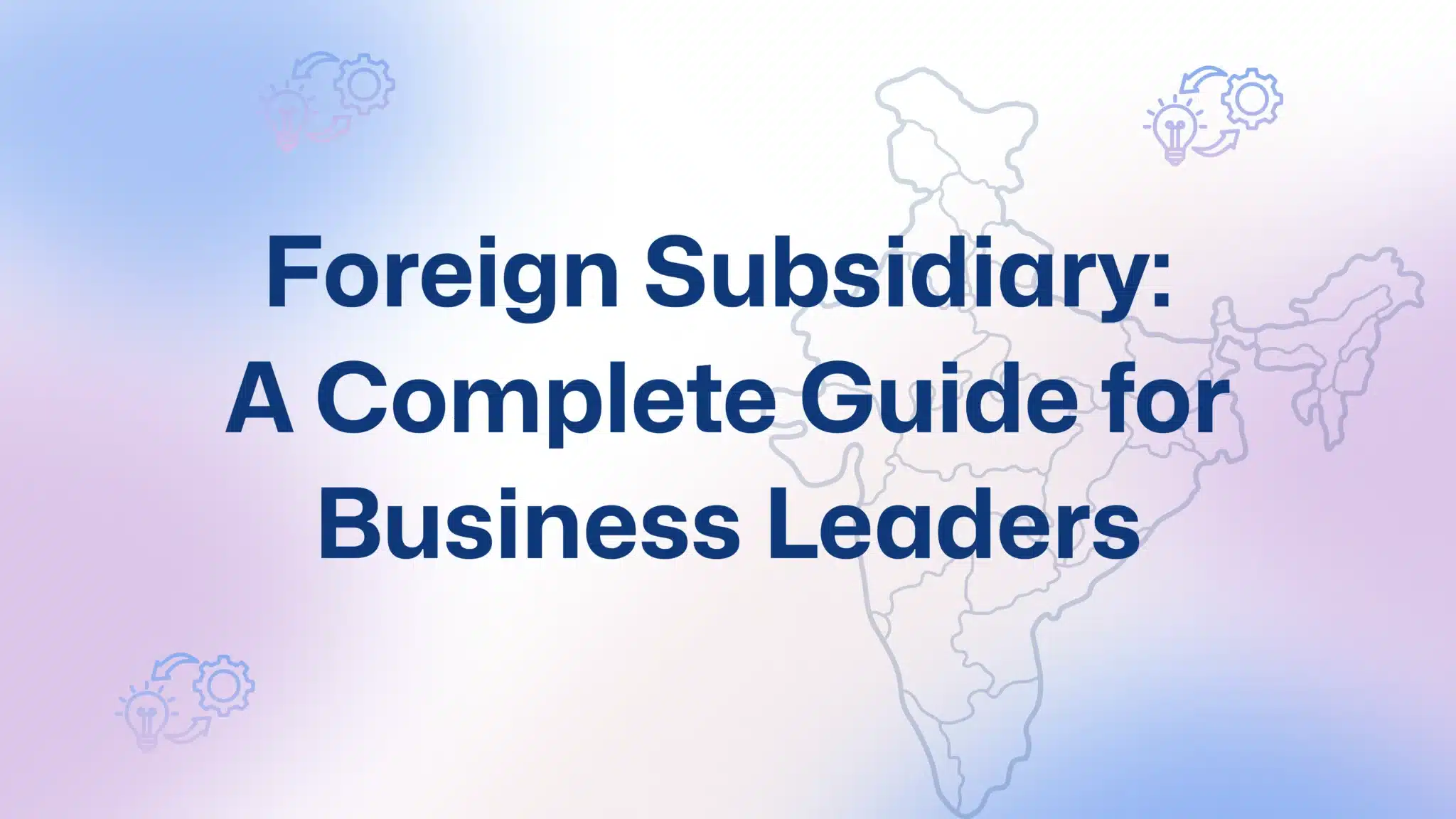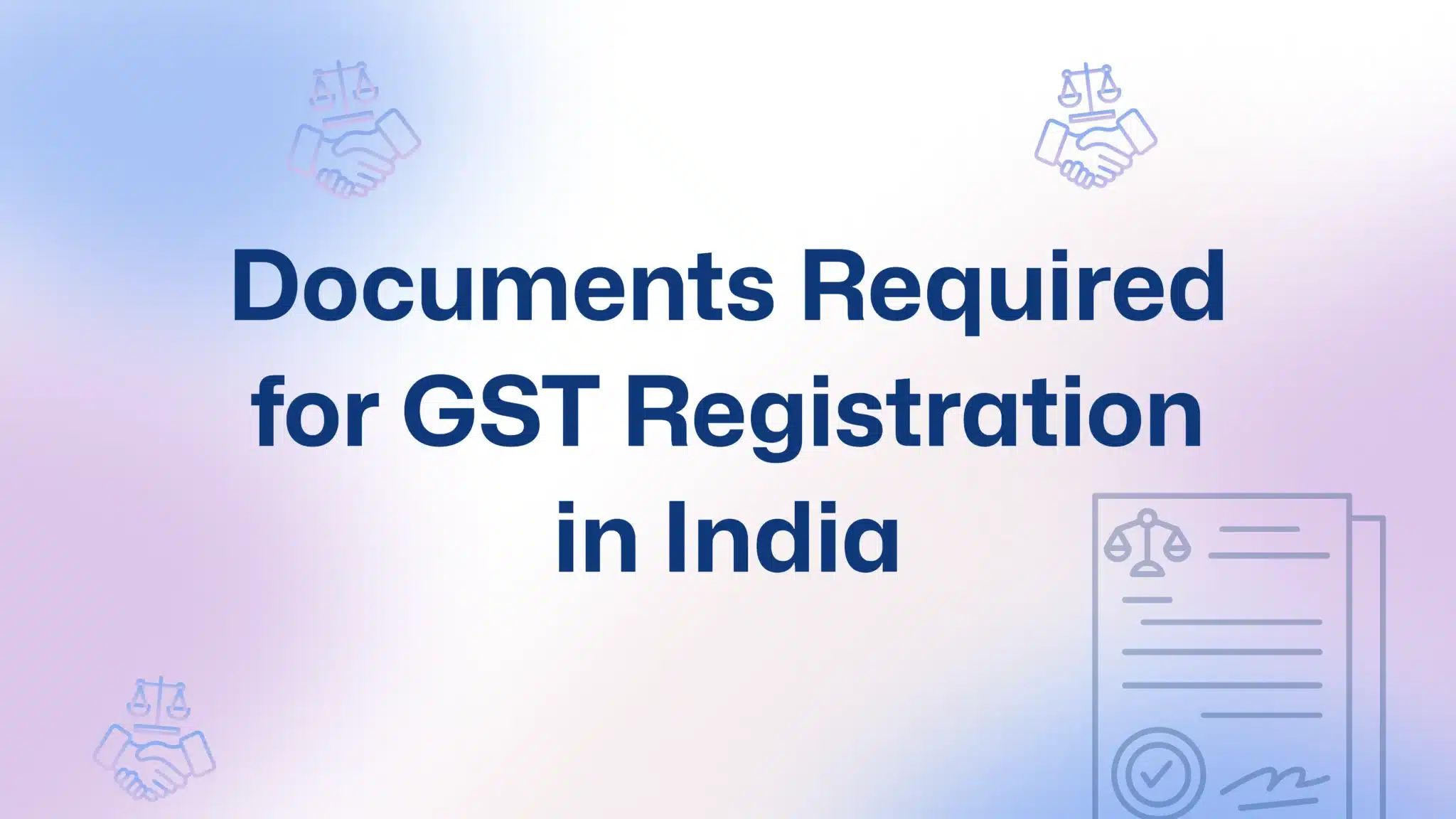What is E-Commerce?
Scroll through your phone in the evening—you’ll spot it everywhere. Someone orders milk on Blinkit; a student sells her old OLX books, and a Kanpur leather shop ships wallets to California. That’s ecommerce—or e-commerce, e commerce, however you spell it—working in real time.
In simple words, e-commerce means buying or selling things online. Whether ordering groceries, selling a used phone, or running an online store, it’s all part of e-commerce.
So, when someone asks “what is ecommerce?” or “what is e-commerce?” the short answer is: any buying or selling that happens over the Internet.
Why does it matter right now? Because India’s online shoppers just rang up roughly ₹1.17 lakh crore (≈ US$ $14 billion) in Gross Merchandise Value during the 2024 festive season alone, 12 percent more than in 2023, The Times of India. Behind every one of those check-outs sits Unified Payments Interface (UPI), processing over 12 billion transactions worth ₹18.4 lakh crore in a single month (January 2024), according to Wikipedia.
The upshot: whether you run a kirana, a clothing label, or an industrial parts warehouse, you now compete on a digital high street that never closes.
Understanding the types of e-commerce is the first step to winning on that street because each model has its own costs, compliance rules, and customer expectations. Let’s decode them.
Five Major Types of E-Commerce in India
The following are the five different types of e-commerce platforms:
1. Business-to-Consumer (B2C)
What it is – A business sells directly to individual shoppers via its site/app or a marketplace such as Amazon or Flipkart.
Who it suits – Retail stores, D2C brands, artisans.
Compliance watch-outs: GST once turnover tops ₹40 lakh (₹20 lakh for services), Consumer Protection (E-commerce) Rules 2020, and mandatory grievance officer details on your website.
Quick win tip – Start on a marketplace to test demand, but build your site in parallel to avoid perpetual 20–30 percent commission fees.
2. Business-to-Business (B2B)
What it is – Bulk or repeat sales between companies, often on IndiaMART, Udaan, or proprietary dealer portals.
Who it suits – Manufacturers, wholesalers, exporters.
Compliance watch-outs: e-Invoice generation for every sale, Section 194Q TDS on purchases above ₹50 lakhs, and MSME Act payment timelines.
Quick win tip – Offer credit terms and GST-ready invoices to become the preferred vendor; Indian buyers value compliance almost as much as price.
3. Consumer-to-Consumer (C2C)
What it is – Individuals trade with each other on platforms like OLX, Quikr, or Facebook Marketplace.
Who it suits – Casual sellers clearing closets, hobbyists flipping collectibles.
Compliance watch-outs – One-off sales usually fall outside income tax, but systematic “reselling” can be treated as business income; KYC norms apply for high-value vehicles or jewelry.
Quick win tip: If your side hustle grows past ₹20 lakh a year, register a sole proprietorship and claim input tax credit on packaging and courier charges.
4. Consumer-to-Business (C2B)
What it is – Freelancers, creators, or influencers provide services or content to a company. Think of a logo design on Fiverr or a reel shot for Nike.
Who it suits – Designers, coders, micro-influencers.
Compliance watch-outs: GST is mandatory after ₹20 lakh receipts, 10 percent TDS under Section 194J, and foreign income reporting if clients pay from abroad.
Quick win tip – Opt for the 44ADA presumptive tax scheme (50 percent profit deemed) if your bookkeeping is simple and turnover is under ₹50 lakh.
5. Direct-to-Consumer (D2C)
What it is — A manufacturer bypasses distributors and sells directly to customers via its digital storefront—boAt, Mamaearth, and Wakefit are textbook cases.
Who it suits – Legacy factories, modernizing, niche lifestyle brands.
Compliance watch – uts include BIS, FSSAI, or Textile labelling standards, depending on the product, and strict data-privacy rules when storing customer addresses and card tokens.
Quick win tip – Use ONDC or a Shopify-hosted “headless” store to control branding but still access shared logistics.
How to Choose the Right Model for Your Business
Selecting a type isn’t just about copying the competition. Run through these five filters:
Product & Buyer Fit
- Commodities with price-sensitive buyers thrive on B2C marketplaces.
- High-ticket machinery and repeat orders lean B2B.
- Story-driven lifestyle goods excel in D2C.
Margin vs. Volume
- Marketplaces deliver instant traffic but charge double-digit fees.
- Your own D2C site preserves margin but demands steady ad spend.
- B2B margins are thin, yet average order values are high.
Regulatory Load
- Food or cosmetics must pass FSSAI/BIS checks, adding cost—budget for that in D2C.
- Cross-border B2C exports need IEC codes and LUT filings but enjoy zero-rated GST.
Capital & Logistics
- Dropship or print-on-demand keeps inventory light for a new D2C brand.
- B2B buyers expect bulk inventory on hand and credit terms.
Growth Runway
- Can the model scale pan-India or globally?
- Social commerce (selling via WhatsApp) is excellent for discovery but may plateau; pairing it with a mature B2C site keeps you growing.
A quick self-audit against these factors usually narrows your choices to two clear front-runners.
Trend Watch: Where Indian E-Commerce Is Heading
Compliance Cheat-Sheet (Keep This Handy)
- Company Formation – Choose Pvt Ltd for investors, LLP for professional partnerships, and OPC for a solo founder.
- GST Basics—Thresholds – ₹40 lakh (goods), ₹20 lakh (services); e-invoicing is mandatory once turnover crosses ₹5 crores.
- Section 194-O TDS – Marketplaces must deduct 1 percent of gross sales they facilitate.
- Consumer Protection (E-Commerce) Rules 2020 — Every site needs a public grievance officer email and a 48-hour redress timeline.
- Foreign Direct Investment – Marketplace entities can’t own inventory (Press Note 3). Plan your corporate structure accordingly.
Handle these five, and 90 percent of compliance headaches disappear.
Putting It All Together: Your 30-Day Action Plan
| Week | Task | Outcome |
| 1 | Map products, buyers, and margins against the five filters above | Preferred model shortlisted |
| 2 | Reserve company name, apply for PAN, TAN, and GST | Legal shell ready |
| 3 | Build an MVP storefront (Shopify, Woo, or marketplace listing) | Listings live |
| 4 | Pilot 50 orders, measure CAC, return rate, and compliance gaps | Data to scale—or pivot |
Conclusion: Pick Smart, Scale Fast
E-commerce in India isn’t a monolith; it’s a toolbox. B2C delivers reach, B2B delivers bulk, C2C and C2B unlock peer networks, and D2C hands you the steering wheel. Choose the wrong wrench and you strip a bolt; choose the right one and you build a growth engine.
By applying the filters in this guide—product fit, margin arithmetic, regulation, logistics, and future scale—you can zero in on the model that maximises profit and peace of mind. The digital bazaar is booming; the smartest sellers master its rules before rolling out their cart.
Which e-commerce path is right for you? We’re here to make it simple.
👉 Talk to us today — and take your first step toward success!
Need help?
Book a Consultation with Our Expert!
Call Us: +91-9999127022















